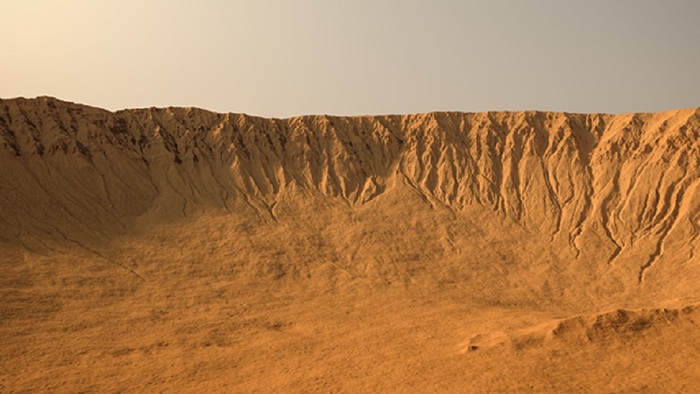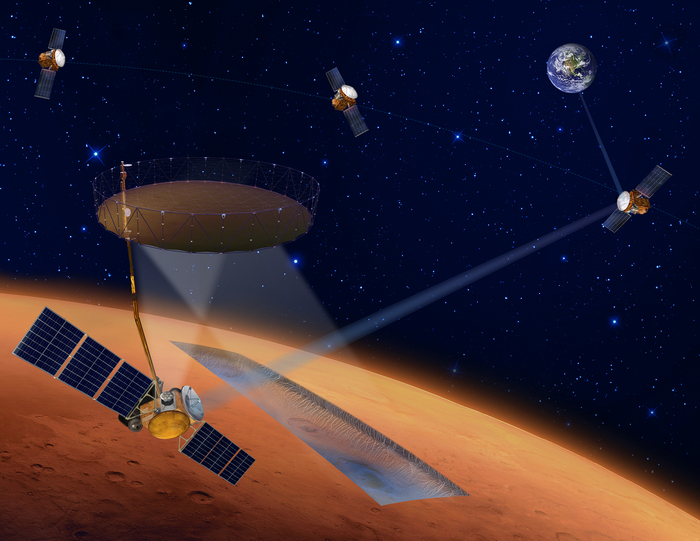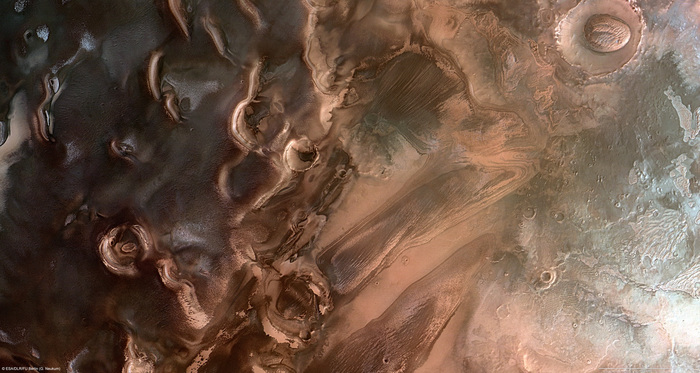The deep furrows (gullies or 'gullies') that mark the surface of Mars could be due to erosion caused by liquid water, which would emerge sporadically in the presence of particular environmental conditions: to suggest this hypothesis is a new physical model conceived by researchers of the 'National Institute of Geophysics and Volcanology (Ingv).
The results of the study, also useful for identifying potential water sources in view of a future colonization of the planet, are published in the Italian Journal of Geosciences.
"The Martian gullies, discovered in 2000 thanks to the Mars Global Surveyor space probe on the slopes of some regions of the Red Planet, could be affected by seasonal spring phenomena, influenced by the variability of external weather conditions", explains Adriano Nardi, researcher at Ingv and author of the study. "The water sources would be activated only in the presence of certain environmental conditions, pressure and temperature.
In order to investigate this phenomenon we have proposed a new physical model called Weather-Springing Water ”.
The possibility that the Martian badlands were produced as a result of the liquefaction of ice present in the subsoil (permafrost) seemed impossible, given the climatic conditions present on the planet.
However, in the last twenty years, several mutations have been observed in their morphology, as well as the appearance of new structures.
"The geomorphological observations of the images and the numerical simulations of atmospheric conditions have indicated that the pressure and temperature present in the subsoil could favor the melting of the permafrost and in this way - Nardi specifies - the outcrop phenomenon would occur where the aquifer meets a slope. , but only when particular atmospheric conditions occur outside ".
Given the high instability of water on Mars, once it reaches the surface, it will tend to disappear quickly.
However, the physical model of the Ingv shows that the water, before evaporating, would have time to cross and erode these channels for the entire length of the observed morphologies.






